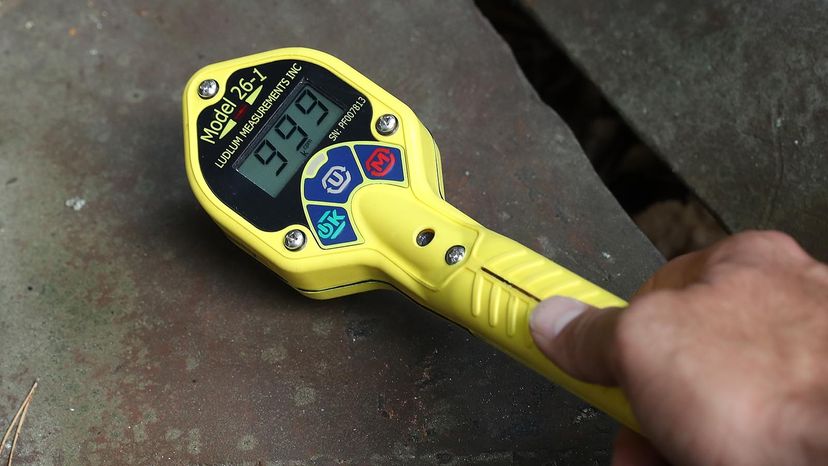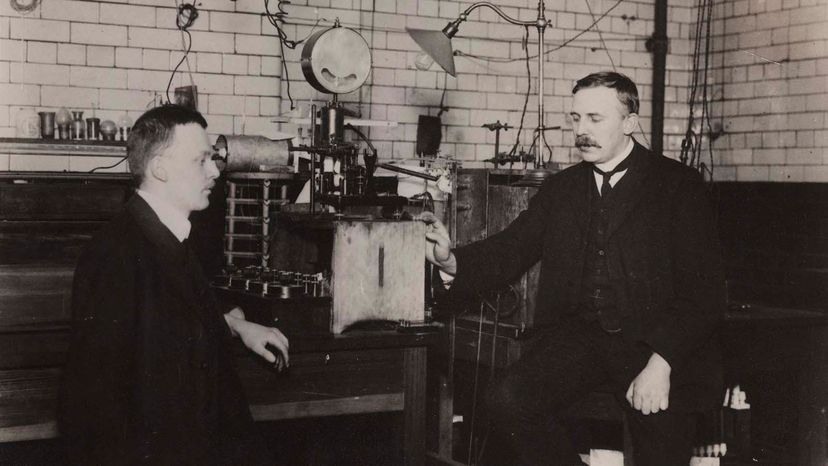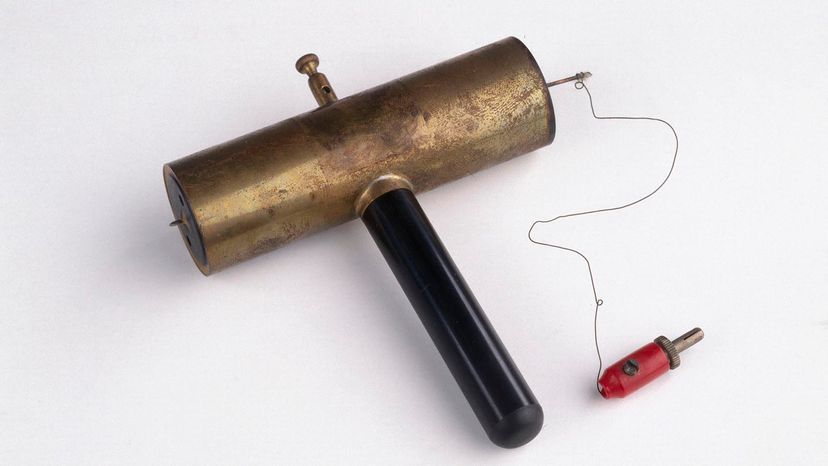
If you're a fan of vintage science fiction and horror flicks such as the 1984 film "C.H.U.D.," you're used to getting a chill down your spine whenever characters point a boxy gadget into the darkness and are alerted to the presence of some yet-unseen radioactive monster by an ominous clicking sound.
Geiger counters are such a familiar prop in old movies, in fact, that you'd be forgiven for assuming that they're either an invention that exists only in the minds of screenwriters, or else that they're an obsolete technology that went out of fashion when people stopped building atomic bomb shelters in their backyards.
Advertisement
In reality, though, the Geiger counter — which in the scientific and engineering world is known as the Geiger-Muller counter — is an actual device that's still frequently used to detect radiation in various settings. The Nuclear Regulatory Commission says that it's the most commonly used portable radiation instrument.
The origins of the technology date back to the early 1900s, when German physicist Hans Geiger worked as an assistant to Ernest Rutherford, winner of the 1908 Nobel Prize in chemistry. Rutherford developed the concept that an atom contains a nucleus of even smaller particles, and that a nucleus can disintegrate and give off those particles. Geiger worked with Rutherford to develop a radiation-measuring device — a counter to detect the alpha particle, a combination of two protons and two neutrons that's given off by an atom during radioactive decay.

Geiger's career was interrupted World War I, in which he served as an artillery officer in the German army, but afterward, he returned to teaching and research. He eventually teamed with Walther Müller, one of his graduate students at the University of Kiel, to improve his counter, so that it could detect other types of radioactive particles as well as the alpha particle. The device they created is pretty much the same technology that's used today.
Advertisement

